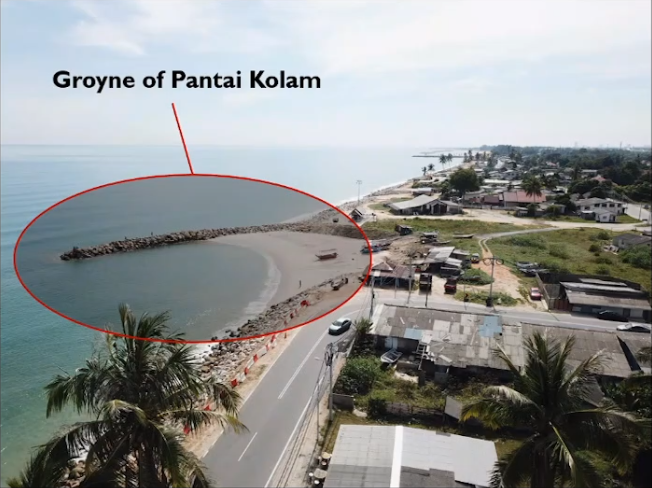By Rubendran Sathupathy
A symposium aimed at educating the public about coastal and maritime engineering was organized by the Faculty of Engineering and Quantity Surveying at INTI International University on 20th October.
Ir. Tan Sin Nyap, Senior Associate at Beca Pty Ltd, Brisbane, Australia, explained that Malaysia has two types of coasts: a sandy coastline, which is typically found on the East Coast of West Malaysia, and a muddy coastline, which is typically found on the West Coast of West Malaysia.

“Therefore, special care needs to be taken in building along the coastlines,” he said. “Holistic planning and studies of shoreline management approach over long stretches of coastlines to avoid local protections that may impact on other adjacent shorelines.
“Long-term protection to the coastline, considering technical, environmental and social factors must be considered.”
He explained that there are multiple stages before manufacture.
“First, a shoreline management plan is proposed. Then, strategy and feasibility studies are conducted to determine the viability of the project. Next, scheme development is drawn before construction begins,” he said.
Mr. Tan cautioned that without proper planning, it can cause erosion and coastal flooding along the coastlines.
“For example, managed realignment is used to provide flood storage, create habitat creation, and mitigate rising sea levels,” he said.
According to the United Nations Climate Technology Centre and Network, “managed realignment is the deliberate process of altering flood defenses to allow flooding of a presently defended area.
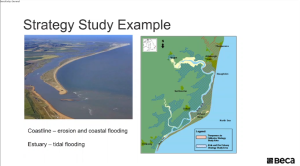
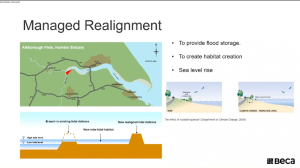
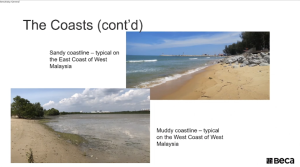
“Managed realignment involves setting back the line of actively maintained defenses to a new line, inland of the original or preferably, to rising ground. Doing so should promote the creation of intertidal habitat between the old and new defenses.”
Meanwhile, Associate Professor Dr. Effi Helmy Ariffin presented a case study involving coastal erosion along the Terengganu coast due to the construction of an airport runway in 2008.
“Coastal erosion is the wearing away of coastal land or beaches. In Terengganu, hydraulic action (waves/currents) is the main factor for erosion events,” he explained.
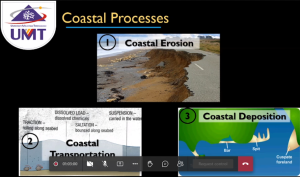
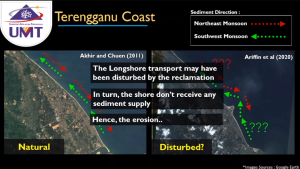
Dr. Effi clarified that Terengganu experiences two naturally occurring monsoons: the
northeast monsoon which causes erosions, and the southwest monsoon which enables recovery.
“However, since the construction of the airport runway, the balance has been disturbed. Because the shore does not receive any sediment supply, the erosion continues,” he elaborated.
This problem was solved with the addition of a groyne along the coastline.
A groyne is a rigid structure built out from a shore to protect the shore from erosion, trap sand, or direct a current for scouring a channel.